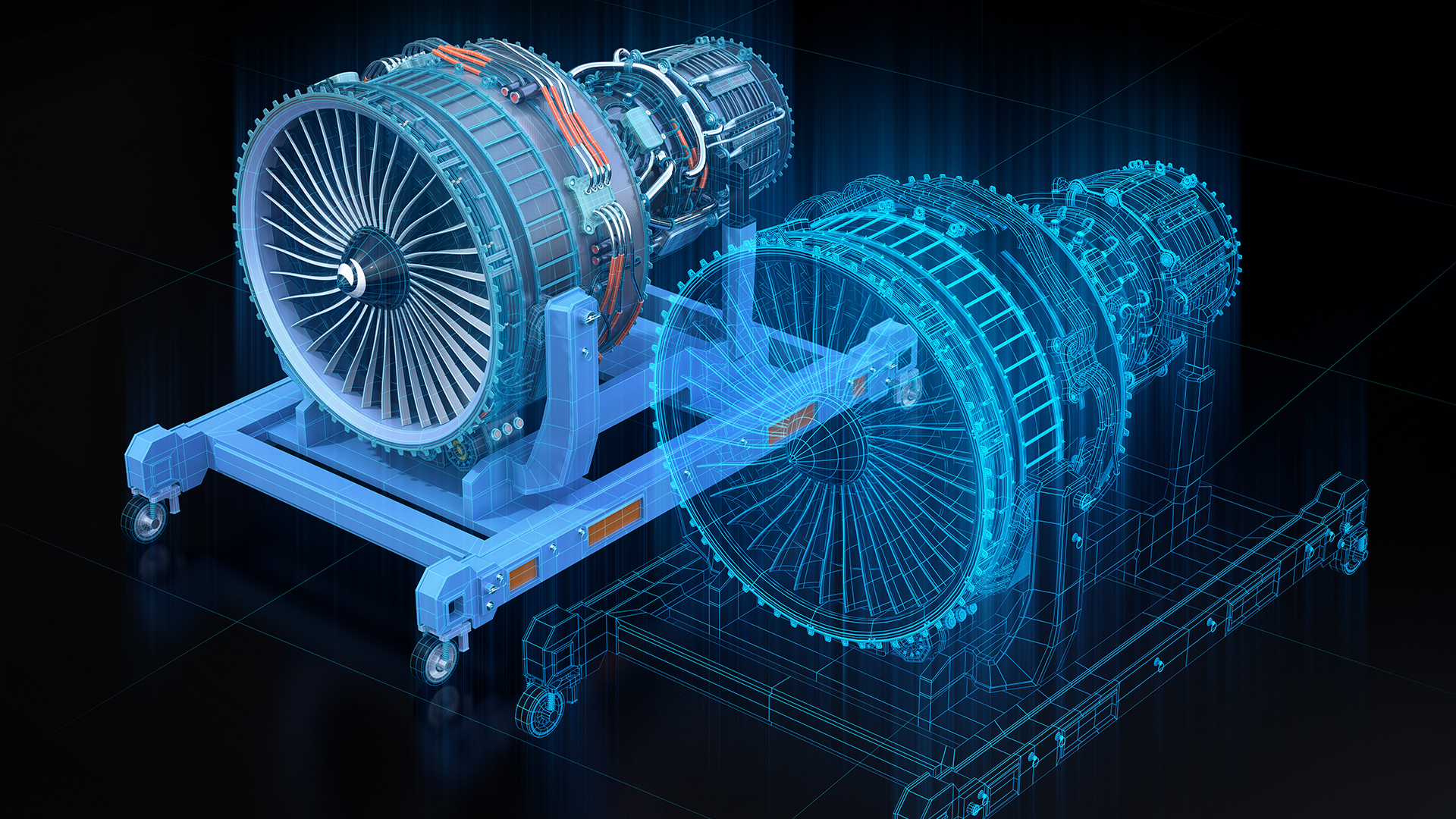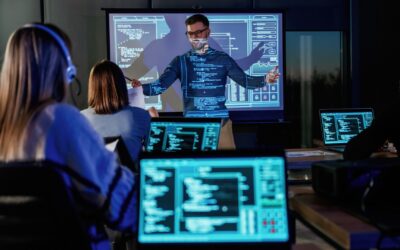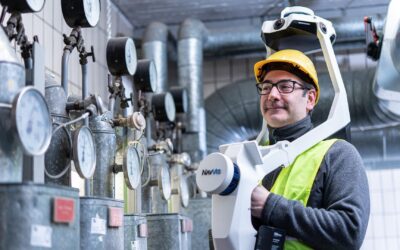Digital twins in two definitions
According to Gartner, “all digital twins have two primary roles for improving business outcomes.” One of those roles is to improve situational awareness: “Functionally, all digital twins — at a minimum — monitor data from things to improve our situational awareness.” In practice, this means that a digital twin will represent, in some way, the operation of a process using data gathered from sensors that monitor the elements of the process – for example, machines on a production line – to tell operators what is happening in their process at any time, and which can be analyzed to provide insights into how the process could be optimized to increase output and improve environmental performance. If the digital twin is connected to actuators in the factory, this optimization can even happen automatically. The representation may be graphical – a flow diagram of the process or a 3D rendering of a factory production line – or it may be just a series of changing numbers on a table or dashboard.
The Digital Twin Consortium, on the other hand, defines a digital twin as “a virtual representation of real-world entities and processes, synchronized at a specified frequency and fidelity” which use “real-time and historical data to represent the past and present and simulate predicted futures”. This definition does not insist on the live link to sensors specified by Gartner. For the Digital Twin Consortium, it can be updated hourly, daily, weekly, or even monthly, as long as the updating frequency is specified.
Read more here:
Bridging the gap between the physical and digital world, NavVis enables service providers and enterprises to capture and share the built environment as photorealistic digital twins. Our SLAM-based mobile mapping systems generate high-quality data with survey-grade accuracy at speed and scale. And with our digital factory solutions, users are equipped to make better operational decisions, boost productivity, streamline business processes, and improve profitability. Based in Munich, Germany, with offices in the United States and China, NavVis has customers worldwide in the surveying, AEC, and manufacturing industries.




